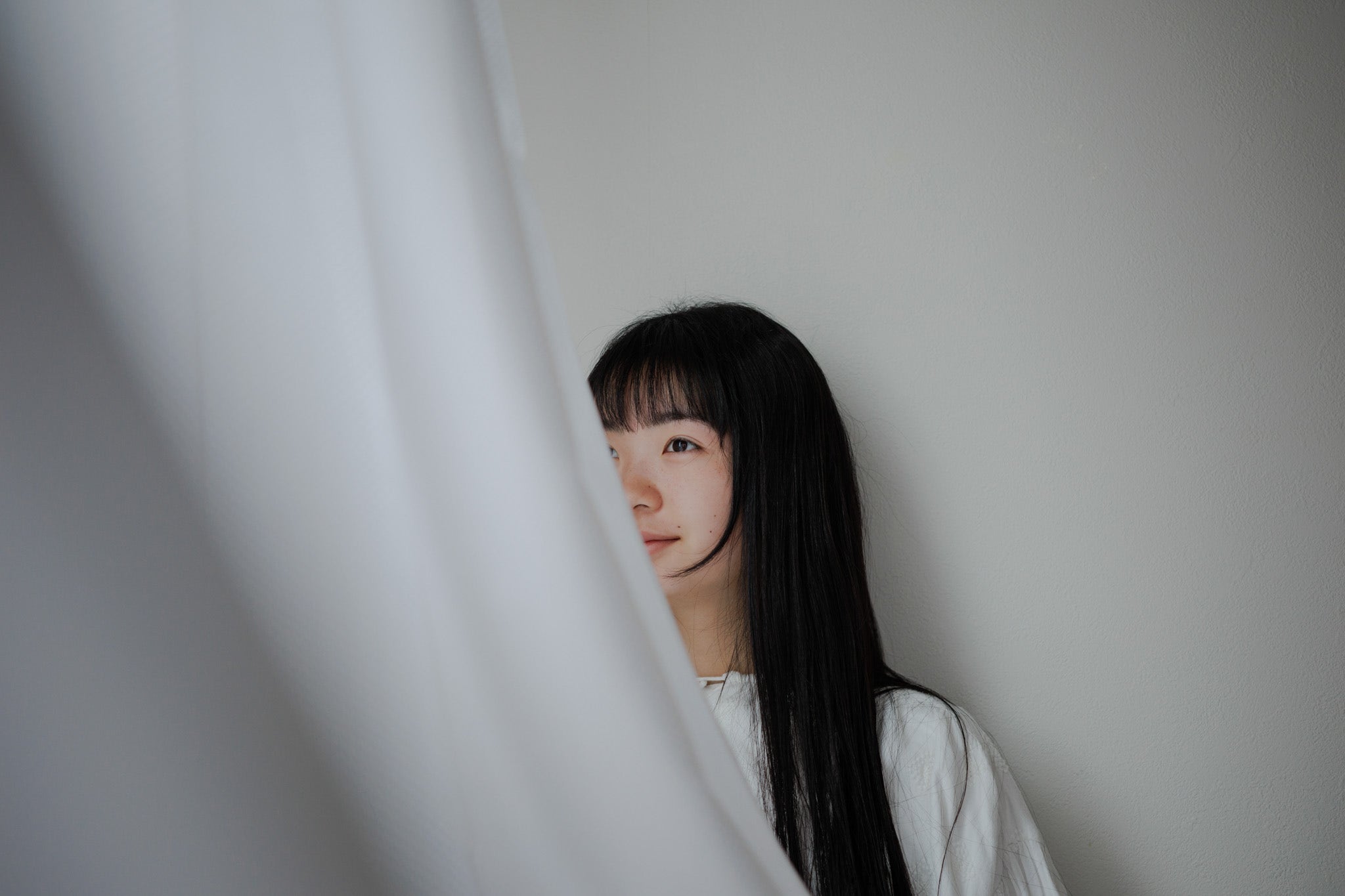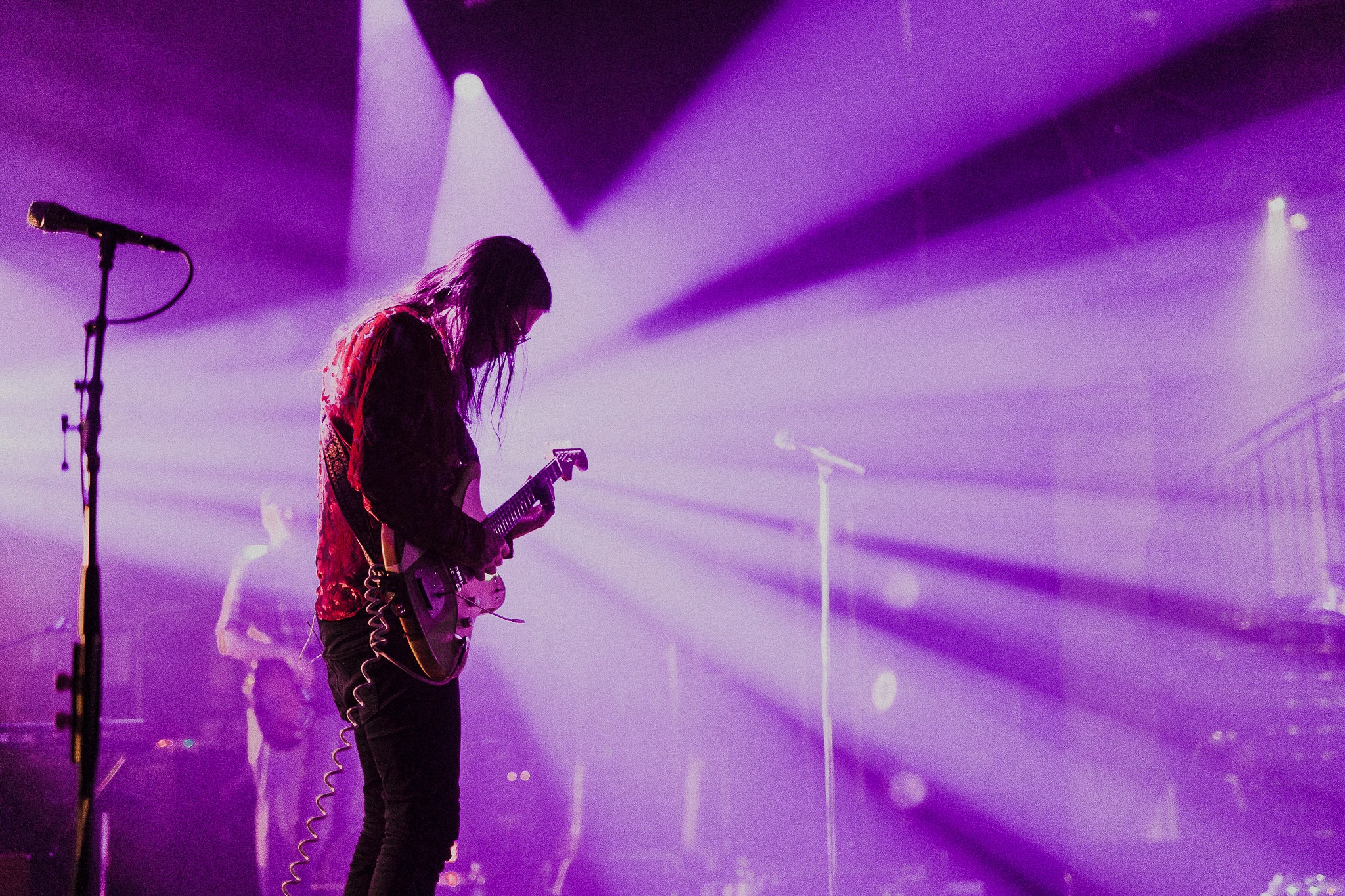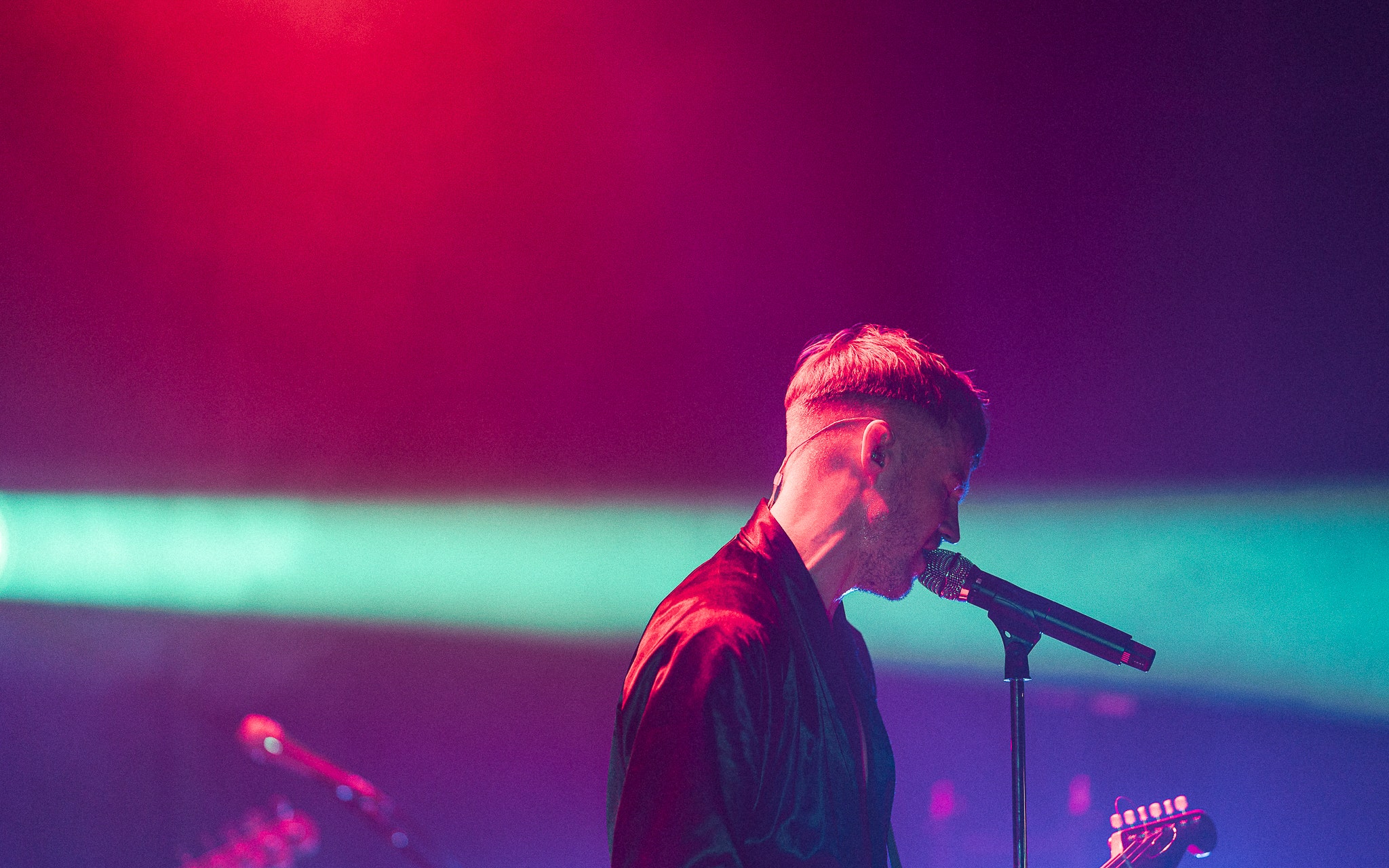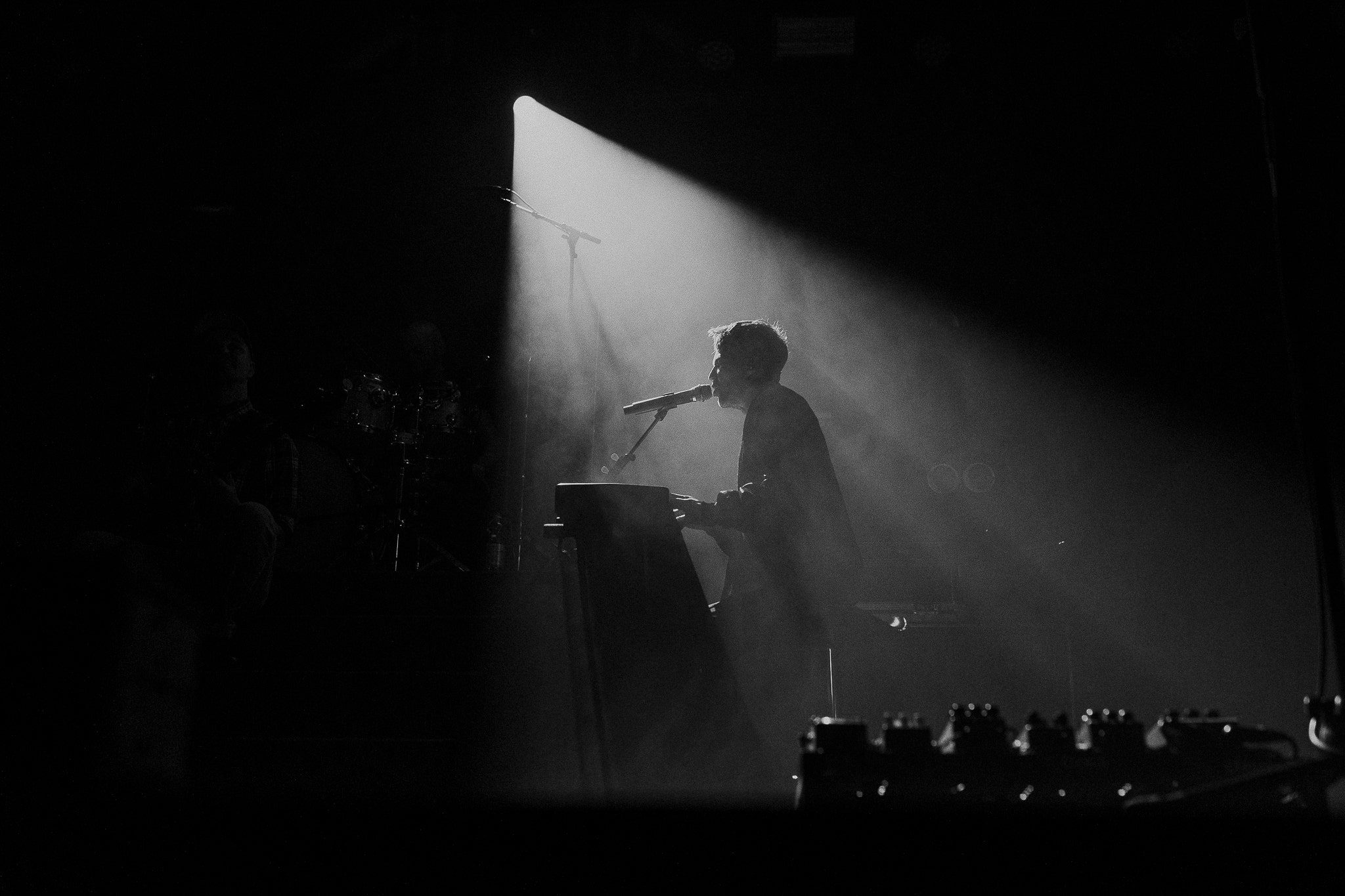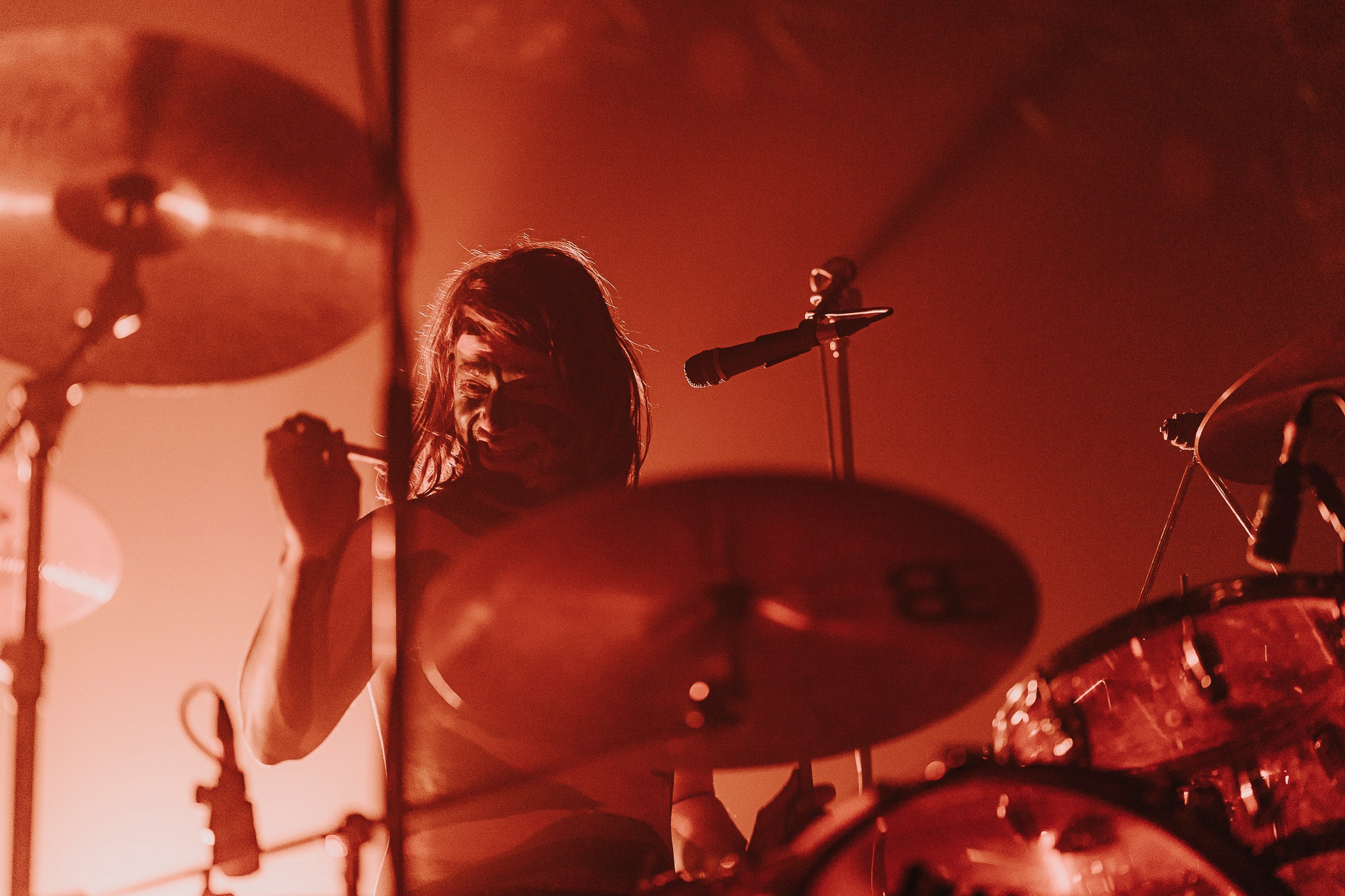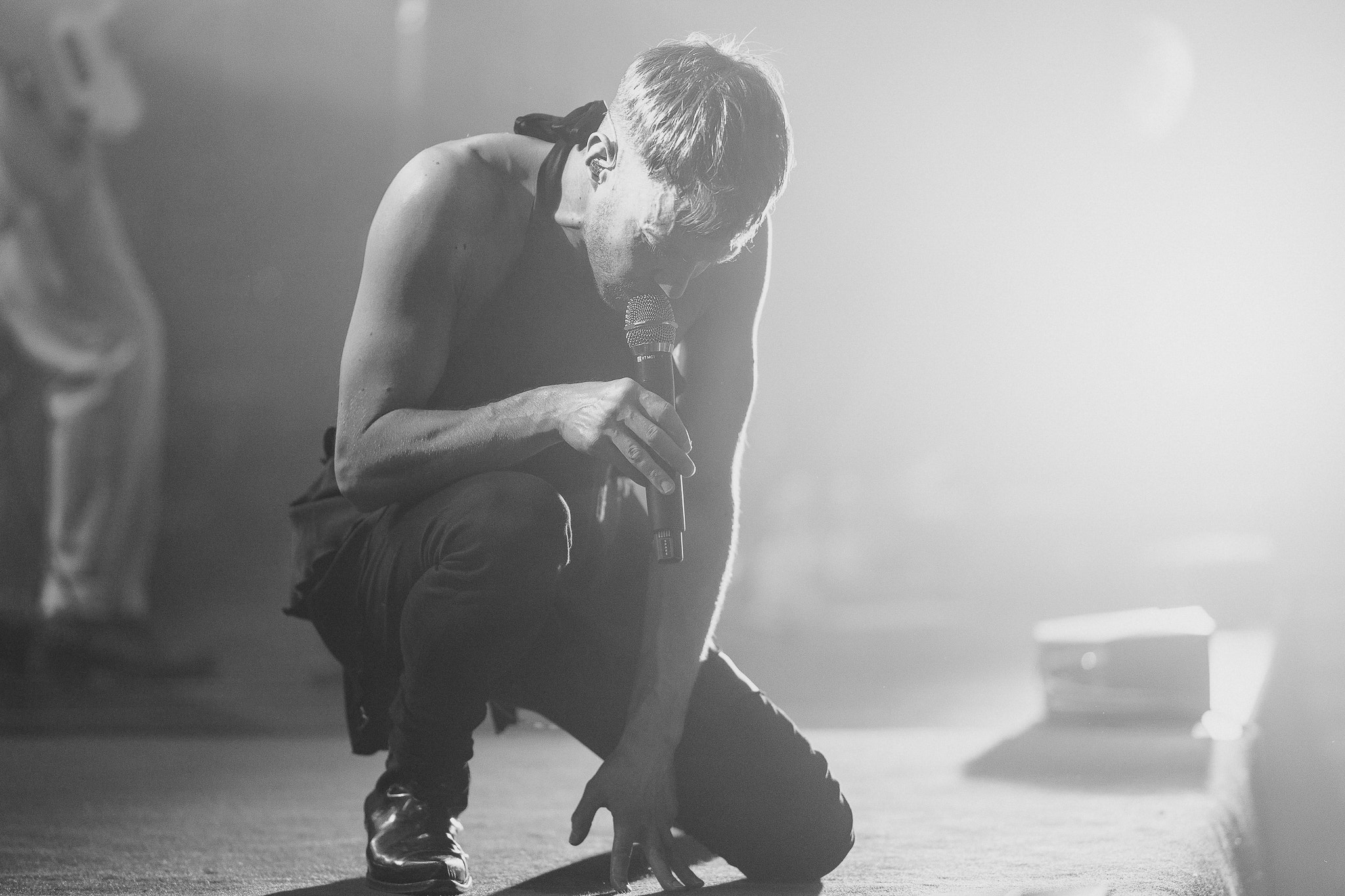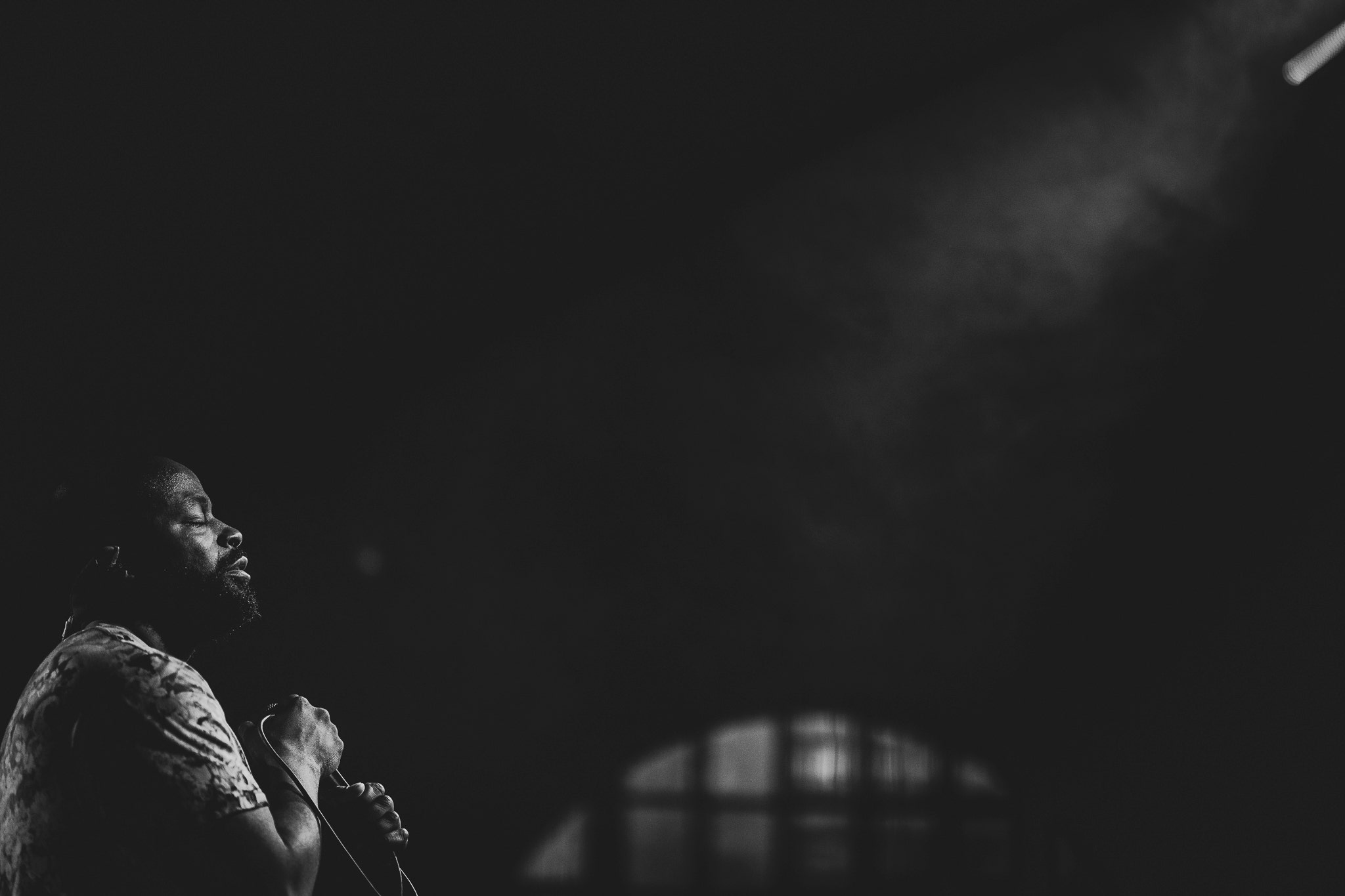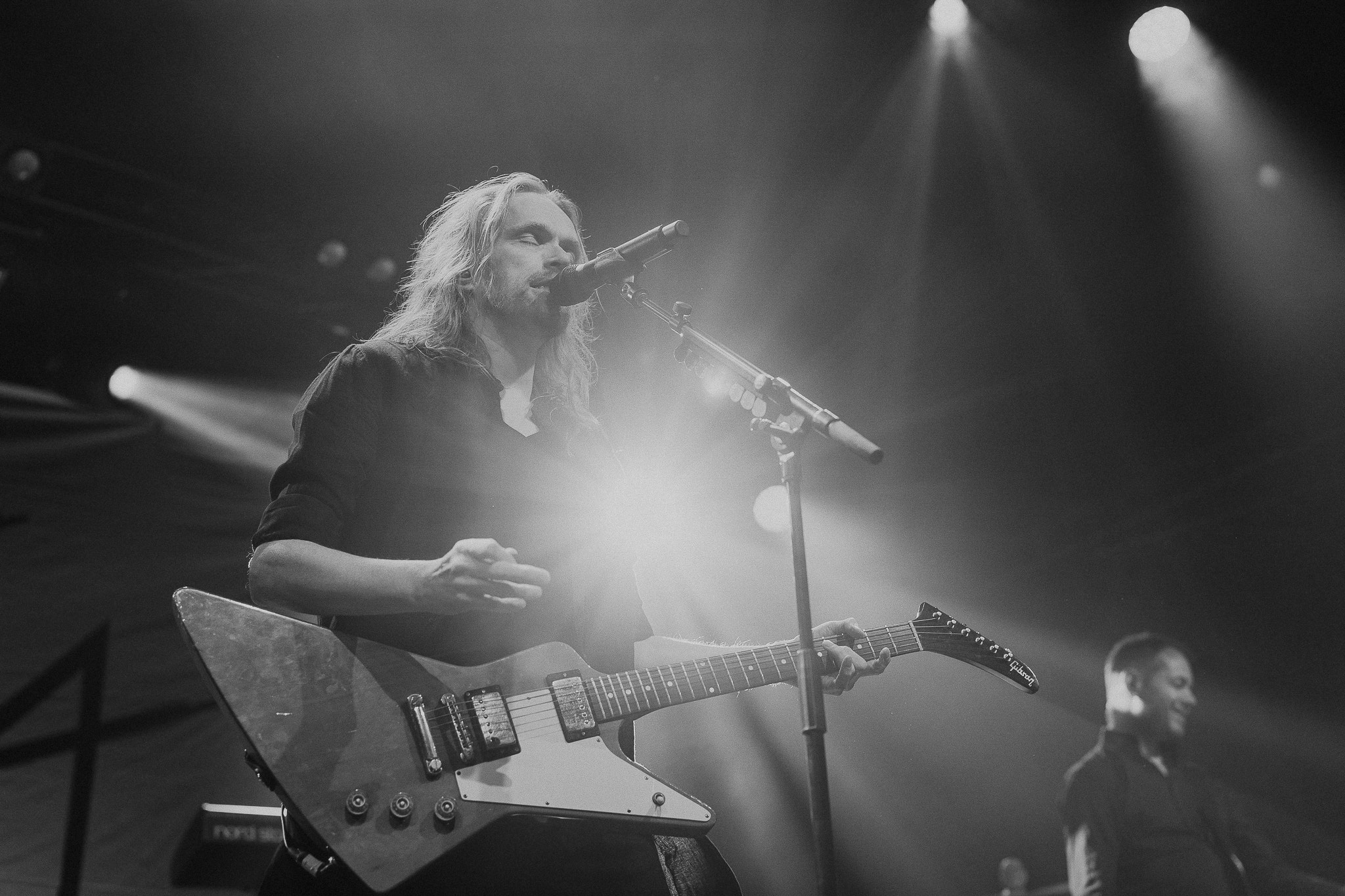Live Music Photography - Tips & Tricks
Sigma Lenses
Concert Photography
By Santeri Laamanen
Photographing live music is an exciting and challenging type of photography. The best (and probably only) way to learn is by doing. With these tips you will hopefully feel more confident the next time you have a chance to photograph a concert!
LOOK AT THE LIGHTS
One of the key aspects in all photography is light. And in concert photography, stage-light in particular. When photographing a show at a venue with bright and moving light, pay attention to their movement patterns and colors. It’s important to look with your bare eyes and through the viewfinder to find the composition and pattern.
Often times you will see a moment in the pattern that looks great in a photo, try to capture that moment with a good pose of the artist.
Example above shows the difference one second can make. These photos within 5 frames of each other, so approximately 1 second apart. The singer moved in front of the light which gave me two photos of the same situation with very different look, one with beautiful flare peeking over his shoulder, and another more calm one.
GO CLOSE
Try to be as close to the action as possible. This is of course limited by the stage height, the artists positioning and their movement.
If you are in the pit between the stage and the audience, make sure that you are not blocking anyone’s view – stay low!
Tight shots show the focus and feeling of the artist very well. The viewer can see and feel the mood and intensity of the show through the photos. Excellent tool for shots like these are longer lenses from 85mm to 200mm.
LENS CHOICE
Despite the bright stage lights at concerts, you’re usually dealing with quite low-light environments. For this reason lenses with high aperture are excellent for concert photography.
Depending on the venue and stage size, prime lenses from 35mm to 200mm are the best options given their high aperture. Sigma has recently launched lenses like 28-45mm F1.8 DG DN Art and 17-40mm F1.8 DC Art, these zooms are excellent for photographing in smaller venues and dim conditions, and they have their place in larger venues as well for wider shots.
In larger venues with more lights, and outdoor concerts zooms like 24-70mm F2.8 DG DN Art, 28-105mm F2.8 DG DN Art and 70-200mm F2.8 DG DN OS Sports are at their best. In these situations F2.8 is usually enough, and the zoom range of these lenses give great flexibility for composing the photos.
CAMERA SETTINGS
The way to handle camera settings is often very personal, there seems to be as many ways as there are photographers. With that in mind I can give recommendations based on what I’ve found to be working.
I shoot with aperture priority 95% of the time, this way I can control aperture for depth of field, and exposure compensation to match the exposure with my idea.
While I have shutter speed on auto, I have set the lowest allowed shutter speed to 1/250. If the artist is very active and moves fast and a lot, feel free to bump this even up to 1/1000. This way I guarantee that the motion stops and I don’t have unintended motion blur in the photos.
ISO is on auto as well, and I let it go up to 25 600. In concert photography (in my opinion) grain does not matter, often it’s even adding to the mood of the photo, especially in black and white photos.
Focus is always set to AF-C, and I swap between focus point types depending on the situation – sometimes a single point on the frame is better than subject tracking one.
AT THE VENUE
If you’re new to concert photography, there are few things you need to know. First, you need to have permission. If you’re taking photos as a hobby, make sure you have permission from the venue to take photos from the pit (the area between the stage and the audience). More often than not, they know the wishes of the artist and make decisions based on that and their own rules regarding photography.
When you’re in the pit number one rule is to stay out of the way. This means to stay out of the way of the artist, they often move up to the fence and close to audience. And it’s equally important to not block anyone’s view from the front row. Listen to the instructions by the venue staff and safety personnel.
Don’t stay in the pit just to browse through the photos, move out to stage side or audience for that.
LAST WORDS & DISCLAIMER
When it comes to the photos, their composition, exposure and edit, there are no rules! Have fun with the music and experiment with camera settings and lens choice – some motion blur, panning or shallow depth of field might give great results!
ABOUT
SANTERI LAAMANEN
Photographers
Santeri is a photographer based in Helsinki, Finland, and also one of Sigma Nordic's Pre-Sales Specialist.
